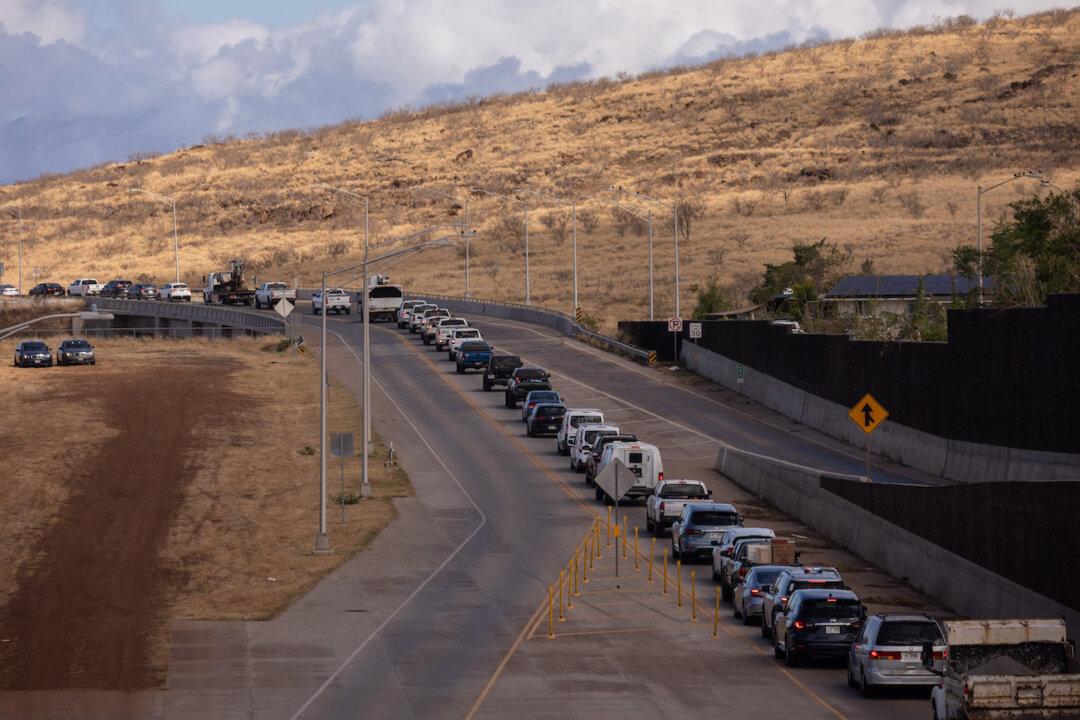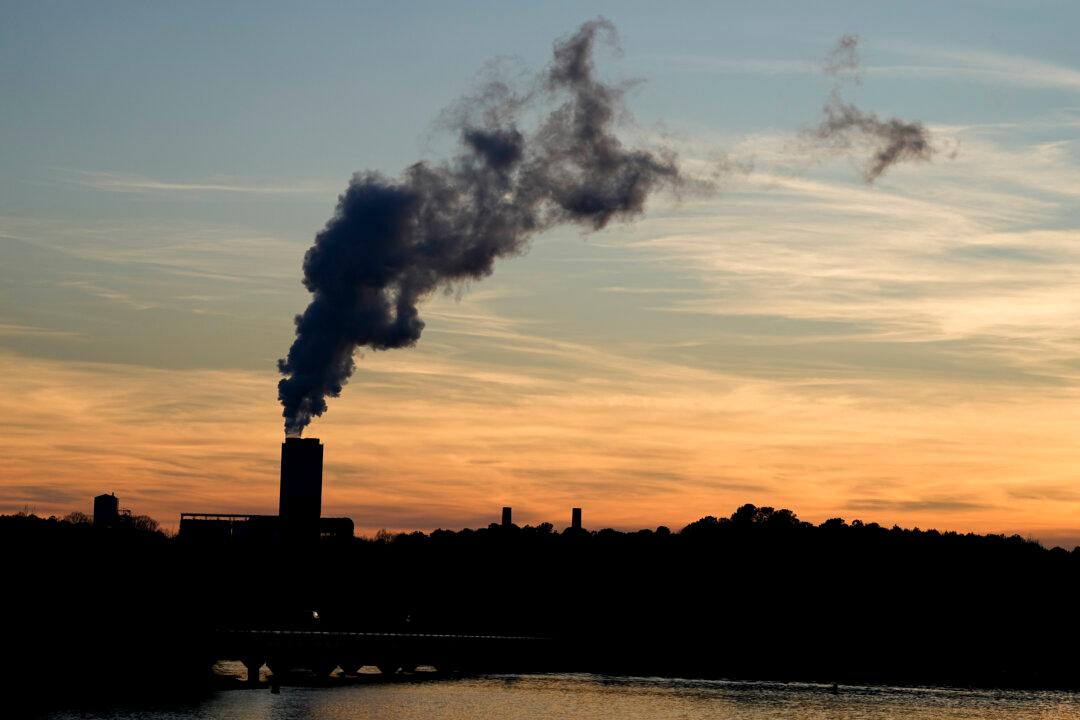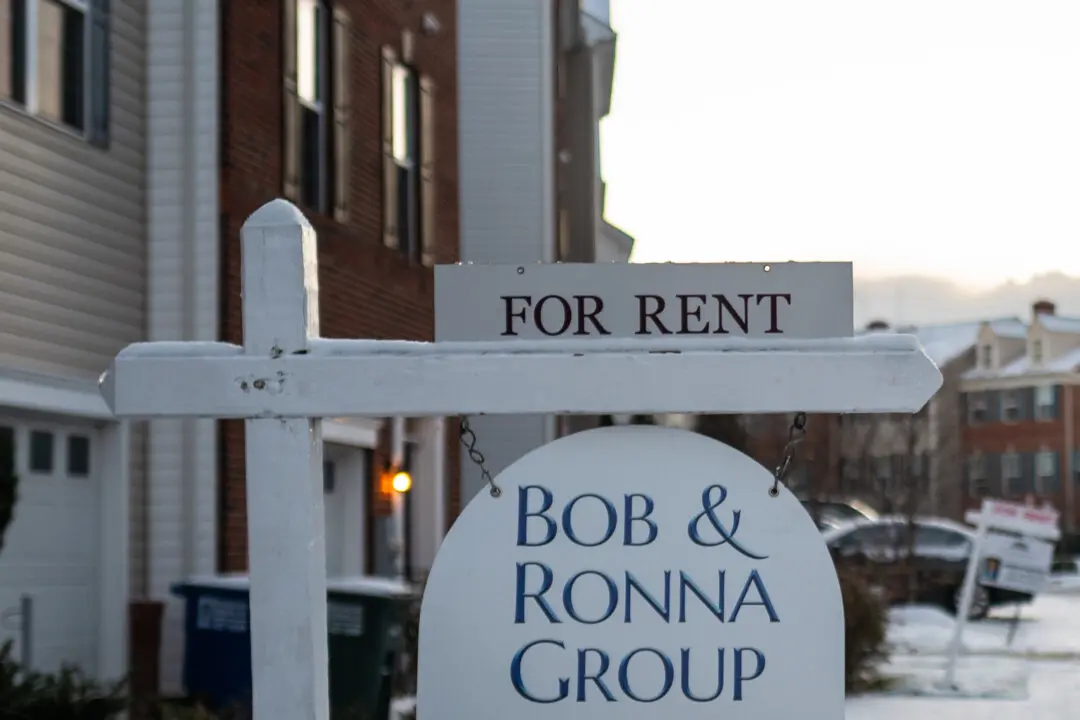Many Maui residents who refused to follow official orders and recommendations during the wildfires succeeded in escaping the disaster, according to multiple witness accounts.
There are 115 confirmed fatalities from the wildfires, the County of Maui said in its daily update on Aug. 22. While the area was burning, several roads were closed because of downed power lines and wildfires. A report by The Associated Press suggests that residents who circumvented barricades and disobeyed official instructions may have survived, while those who heeded orders to turn around perished in their homes and in traffic while in their cars, with no way to evade the flames.





